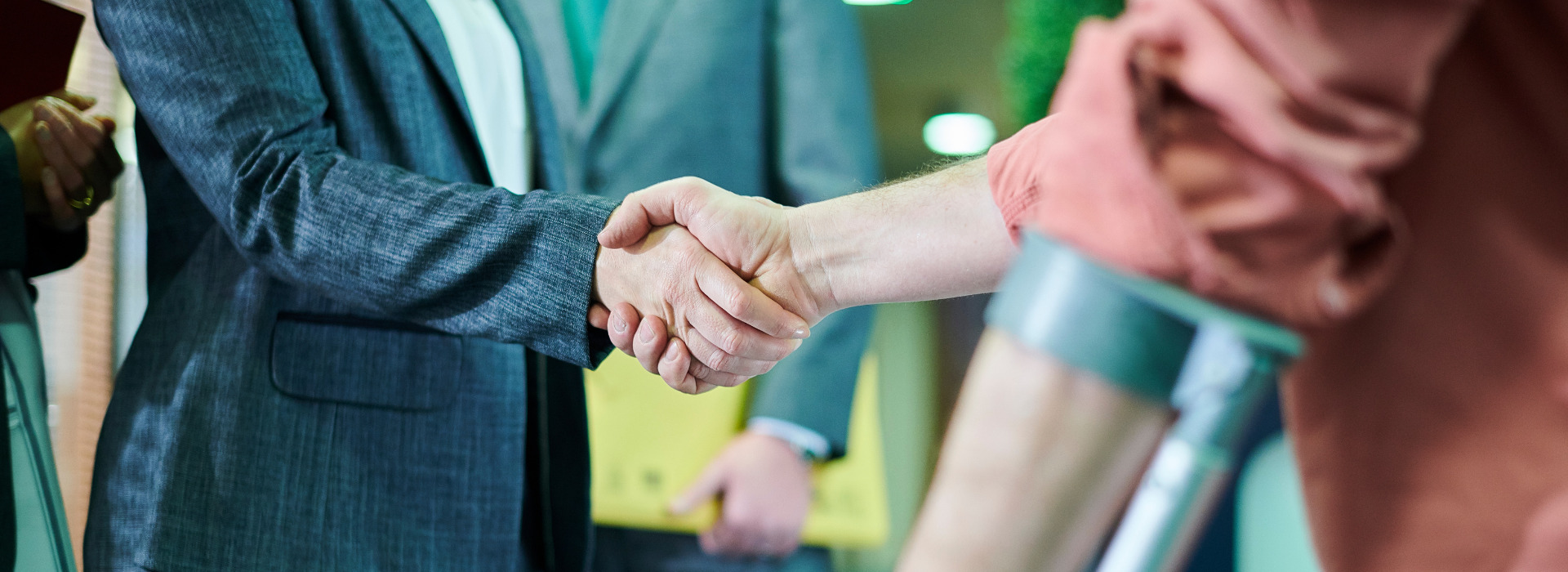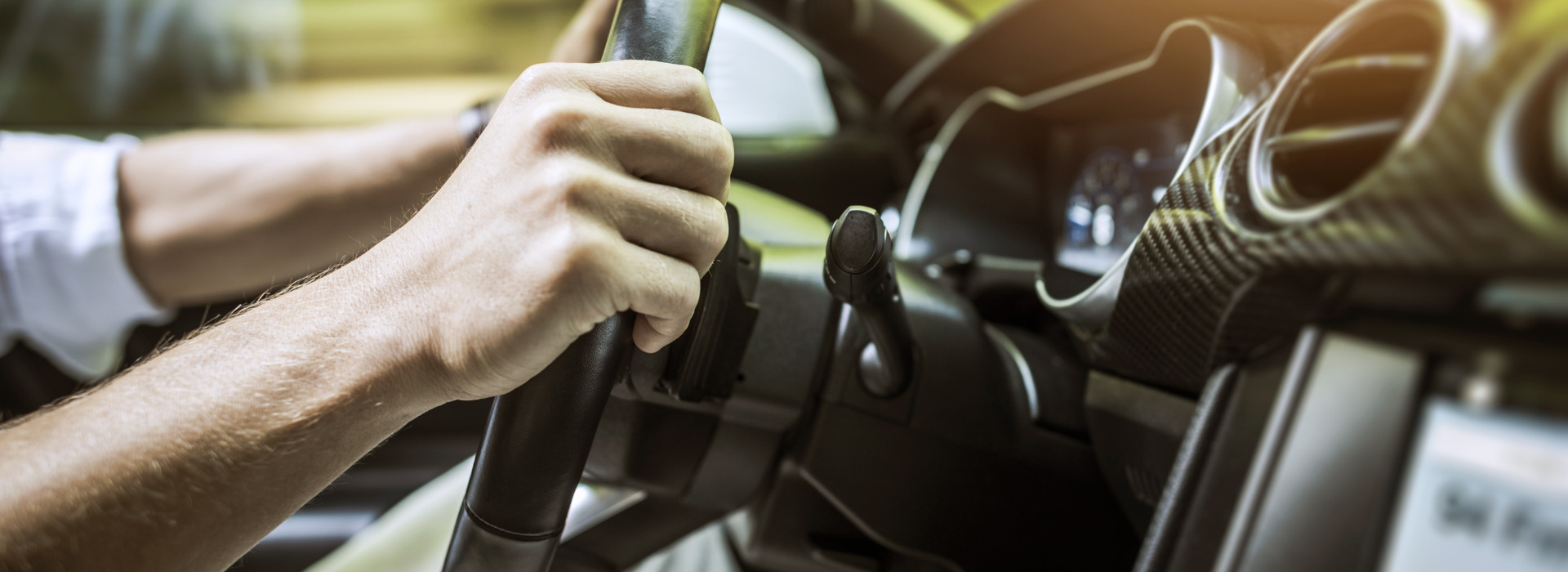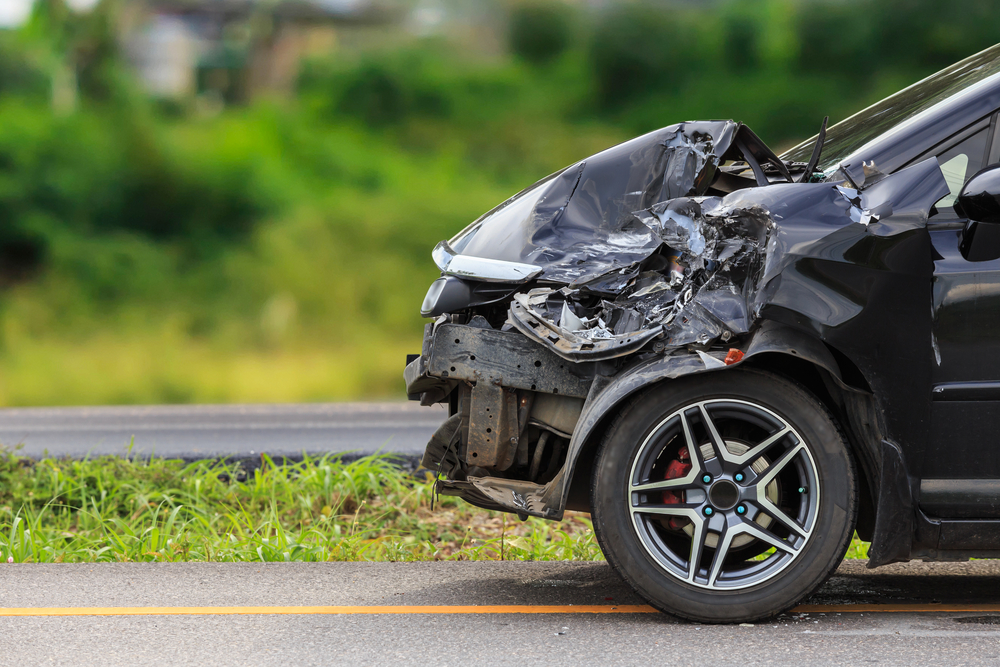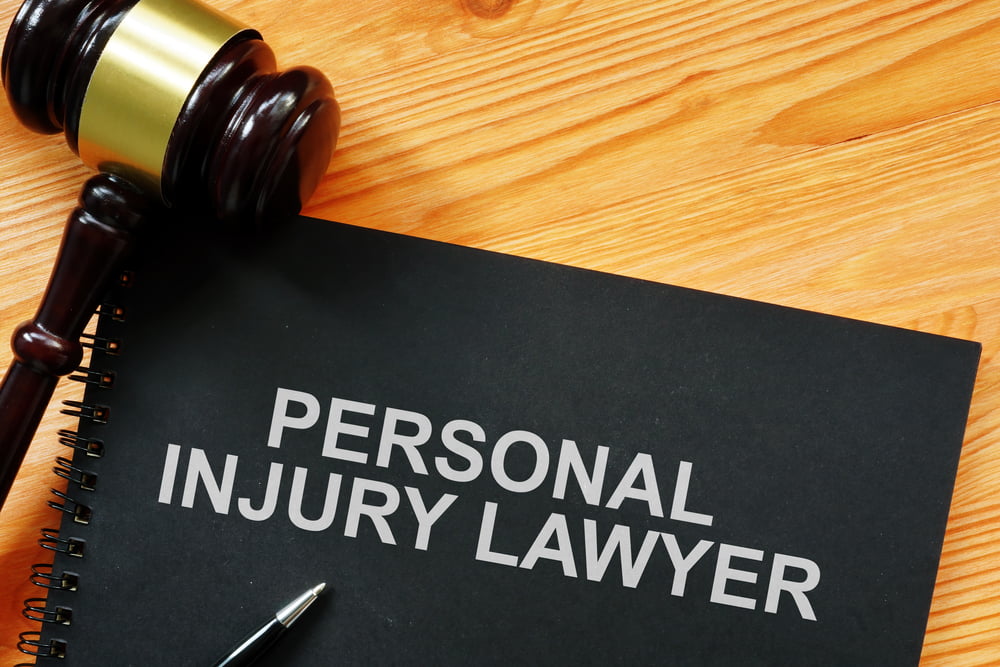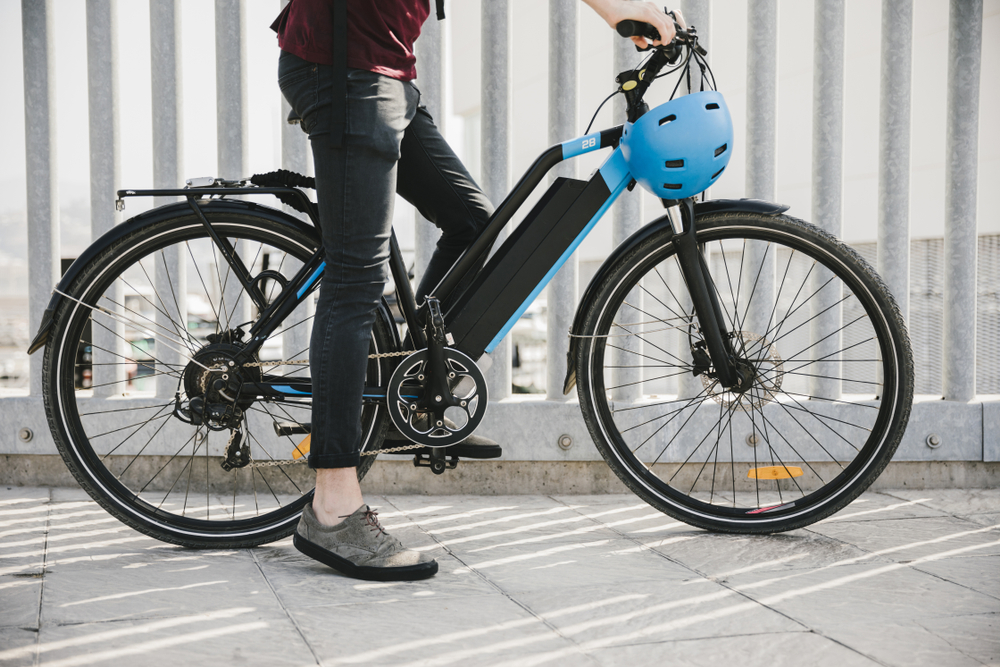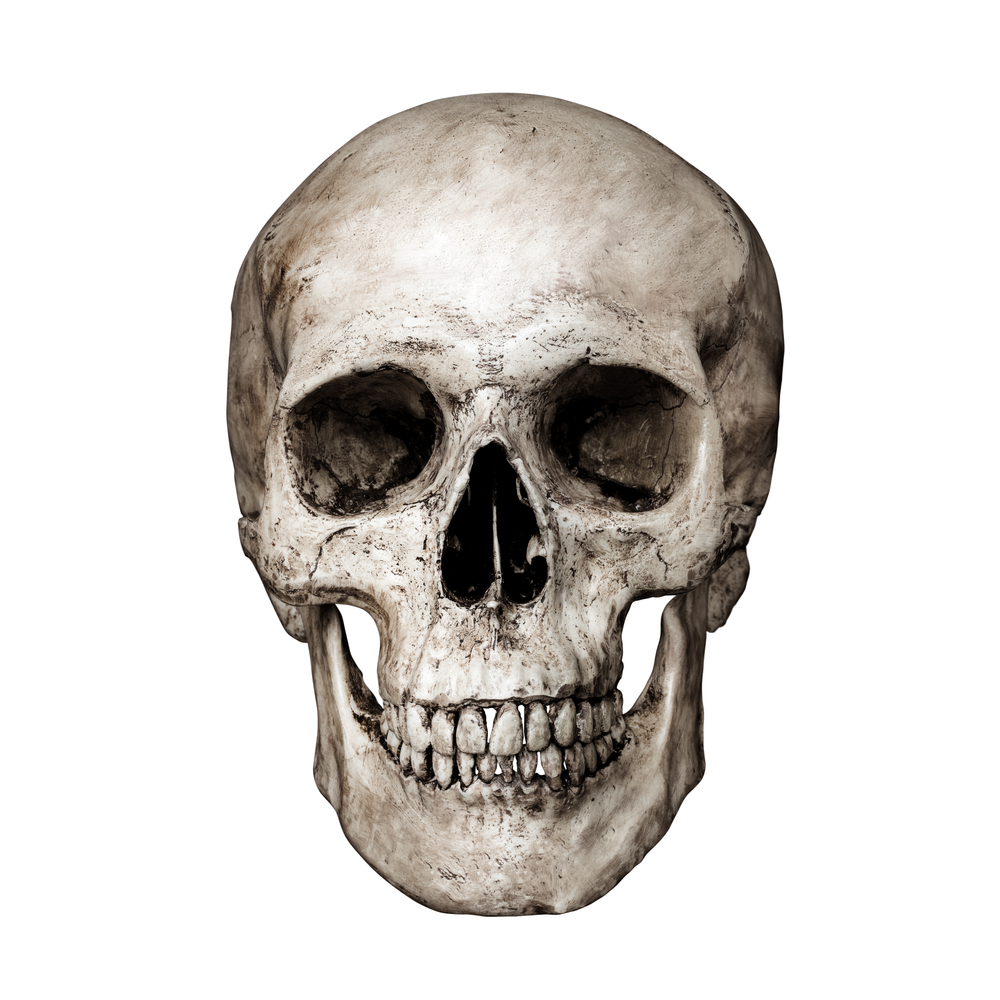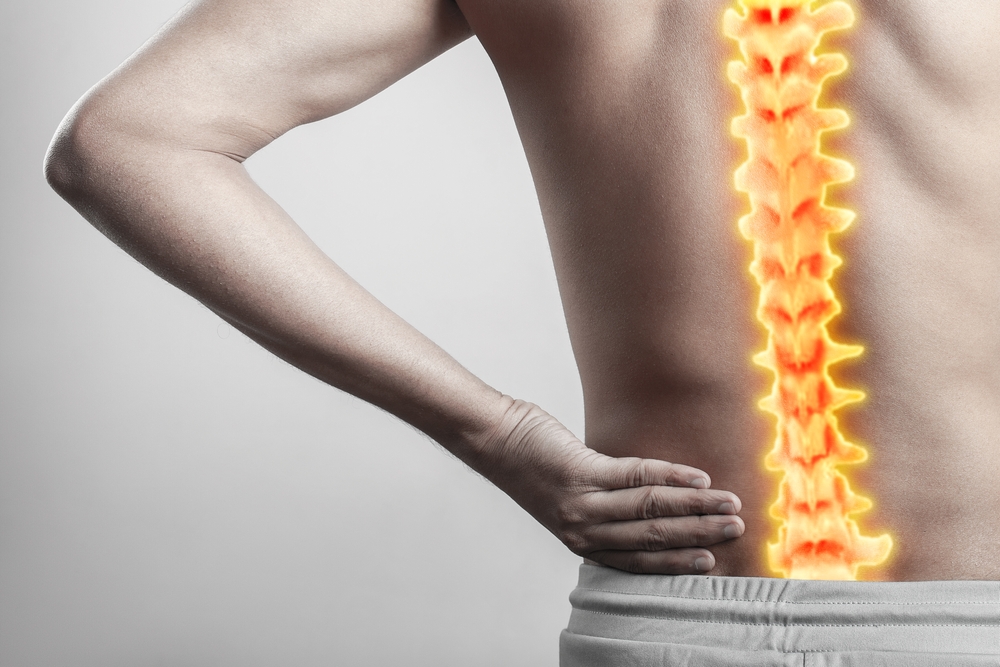What is Liability?
Liability is a legal concept relating to fault and responsibility. In the context of a car accident, the person who caused the accident is held liable. When someone is liable for causing personal injury, or damage to another’s property, they are legally obligated to remedy the loss and make the injured party whole.
When the loss is an injury sustained in a car accident, the liable party makes the injured party whole through monetary compensation. Practically speaking, the liable individual will likely not be responsible for compensating the injured party. In most cases, the at-fault driver’s insurance company will pay the value of the claim on behalf of the insured. You can read more about filing a statement of claim in Alberta on our blog.
How is Liability Determined in Car Accidents?
Liability determinations always start with the Traffic Safety Act (“TSA”). If one party to a car accident is issued a violation under the TSA, and the other is not, there is a strong chance the ticketed driver will be found liable.
For example, if you are injured in a car accident by a driver who made a left-hand turn in front of your vehicle, and that driver is issued a ticket for an unsafe left-hand turn, it will be challenging for their insurance company to deny liability.
Keep in mind that an insurance company may fight liability despite their insured being issued a ticket under the TSA. The fact that a driver was issued a ticket is not determinative of the liability issue. TSA violations provide evidence of liability and nothing more.
Other Factors Informing Liability
TSA violations are one of many factors going to the liability issue. Other factors include:
- The drivers’ relative speeds (both above and below the posted speed limit). Additionally, based on the conditions of the road (weather, construction, etc.) were they going at a speed that was reflective of the situation at the time?
- The condition and maintenance of the vehicle – did the vehicle have appropriate tires for the road conditions? Were the vehicle lights on and functional? Were there cracks in the windshield obscuring the driver’s vision? Did the driver have breaks and other features of the vehicle in sound working order? Additionally, if the driver was towing a load, was the vehicle and trailer properly rated for the mass they were towing?
- The status of the driver – was he or she distracted, impaired by drugs or alcohol, or sleep-deprived?
- Did the driver have the appropriate license class for the vehicle they were operating?
- Conditions on the driver’s license – i.e., if a driver is mandated to wear corrective lenses while driving and they did not do so at the time of the accident.
- Attention – Was the driver texting or on the phone without using a hands-free device?
If I am Partially Liable, Can I Still Sue for Injuries? -The Issue of “Split Liability”
Like many issues in law, liability is not black and white. Of course, in some circumstances, liability is easy to determine such as in rear-end accidents. In other cases, the liability issue is tougher to pin down.
Using the above example of a left-hand turn accident, we will illustrate how liability may be split between two drivers.
At a light-controlled intersection, the driver facing a green light and proceeding straight through the intersection has the right of way relative to a driver attempting a left-hand turn across the intersection. If the left-turning driver crosses the path of the straight travelling driver resulting in an accident, the left-turning driver will typically be found liable as they are under a duty to yield a left-hand turn. But this may not be the case in every situation.
If the straight travelling driver was proceeding at an excessive rate of speed, they may be found partially liable as the left-turning driver has the right to assume that other motorists will drive to the posted speed limit.
In a left-hand turn situation such as this, there may be a liability split of 80%/20% in favour of the straight travelling driver. You can read more about left-turn liability here.
In split liability car accidents, injured drivers can still sue for injuries; but the compensation they are entitled to will be discounted to the extent of their liability exposure.
For example, if you are injured in a car accident with 20% liability found against you, you would be paid 80% of the injury’s total value. In this example, if the claim is worth $100,000, with 20% liability on your behalf, you would be paid $80,000.
Understanding Car Accident Liability with James H. Brown and Associates
Sound legal advice is the first step on the road to justice. At James H. Brown and Associates, we make it fast and easy to access the legal advice you need, starting today. If you have been in a car accident and want to further understand liability factors and your rights, contact us 24 hours a day, seven days a week.
Unlike many large law firms in Alberta, James H. Brown and Associates’ injury lawyers are ready to speak with you right away. No call centres, no intake teams, just the expert legal advice you and your family need. We are able to talk via phone call, teleconference (Zoom), or in person. If you are injured and in a hospital or unable to meet at our office, that is not a problem. We will come to you!
Contact us today to speak with a lawyer and schedule a free, no-obligation consultation with James H. Brown and Associates.

